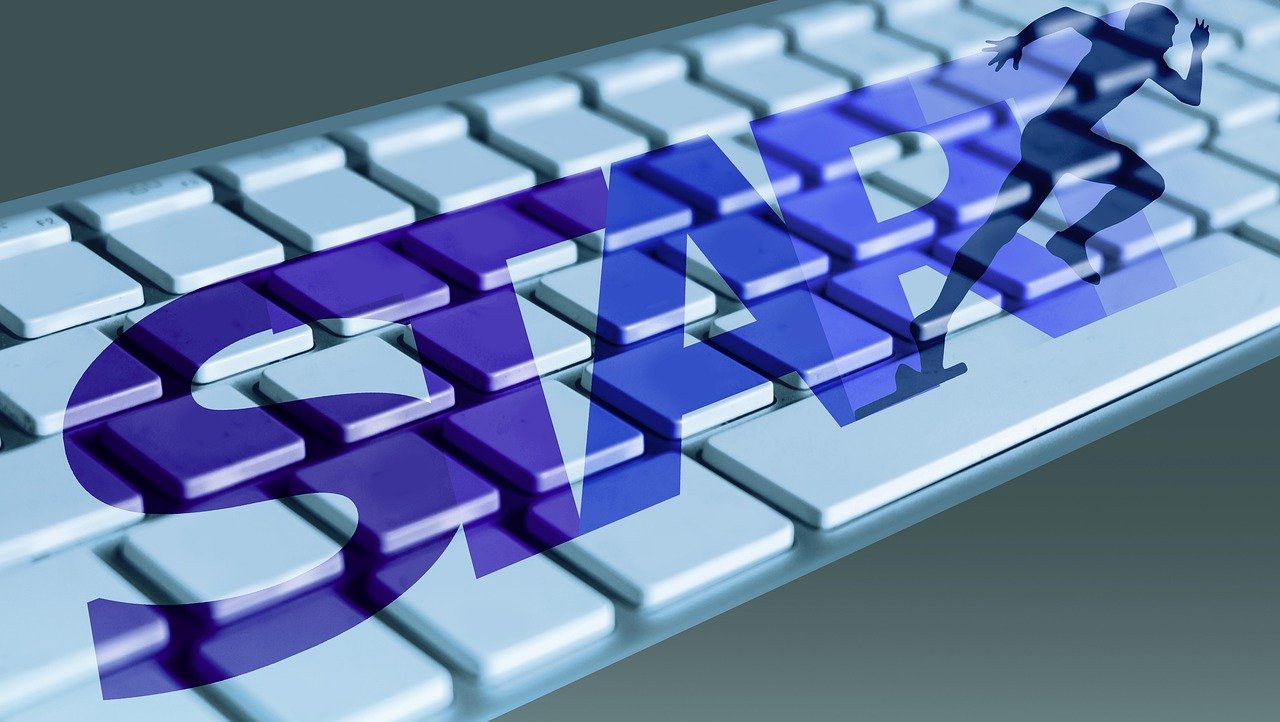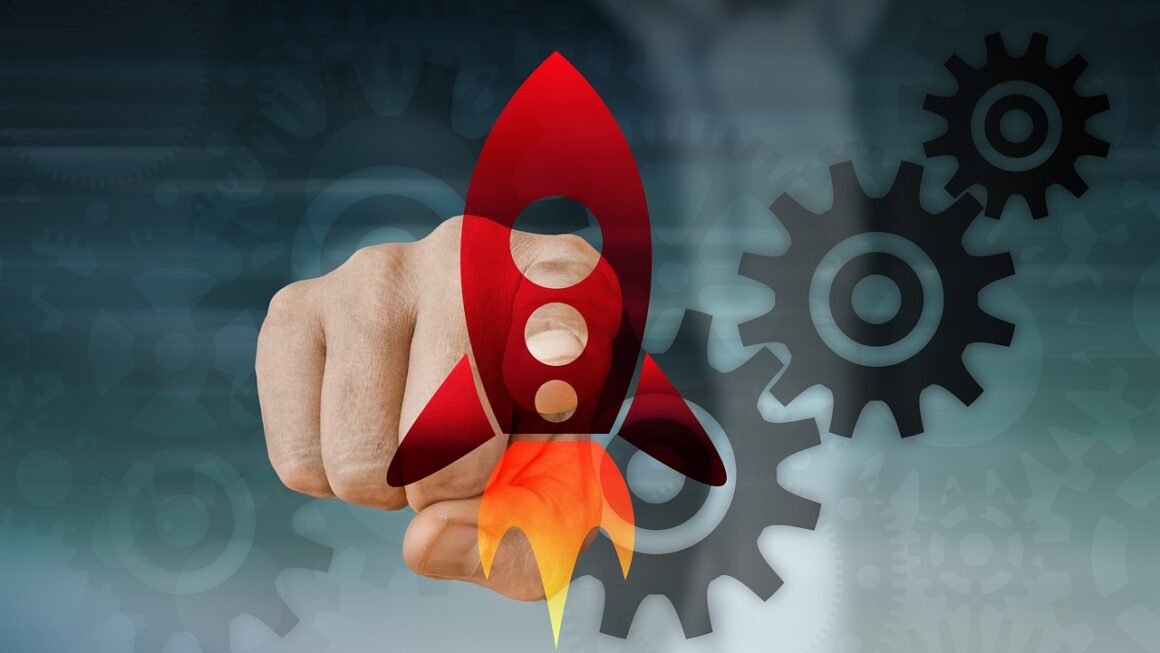Effective task management is the cornerstone of productivity, both in our personal and professional lives. In a world overflowing with information and competing priorities, the ability to organize, prioritize, and execute tasks efficiently is more critical than ever. From simple to-do lists to sophisticated project management software, mastering task management techniques can unlock significant improvements in focus, reduce stress, and ultimately, help you achieve your goals. This comprehensive guide will explore the various facets of task management, providing practical strategies and tools to help you optimize your workflow and boost your productivity.
Understanding Task Management
What is Task Management?
Task management is the process of planning, organizing, prioritizing, and executing tasks to achieve specific goals or objectives. It involves breaking down larger projects into smaller, manageable tasks, assigning responsibilities, setting deadlines, and tracking progress. Effective task management ensures that resources are allocated efficiently and that tasks are completed on time and within budget. It goes beyond simply creating a to-do list; it’s a strategic approach to handling workloads and maximizing output.
Why is Task Management Important?
Good task management offers a plethora of benefits:
- Increased Productivity: Streamlined workflows and focused effort lead to higher output.
- Improved Organization: Keeps track of all tasks and deadlines in a structured manner.
- Reduced Stress: Eliminates the feeling of being overwhelmed by providing a clear plan of action.
- Better Time Management: Optimizes the use of time by prioritizing important tasks.
- Enhanced Collaboration: Facilitates teamwork by assigning responsibilities and tracking progress collectively.
- Achieving Goals: Ensures that all necessary steps are taken to reach desired outcomes.
The Fundamentals of Effective Task Management
At its core, effective task management relies on a few key principles:
- Planning: Defining the task clearly, setting objectives, and outlining the steps required to complete it.
Example: Instead of “Work on the website,” specify “Design the homepage mockup for the website redesign.”
- Prioritizing: Determining which tasks are most important and need to be addressed first.
Using methods like the Eisenhower Matrix (Urgent/Important) can help.
- Organizing: Arranging tasks in a logical order and creating a system for tracking progress.
Using task management software, spreadsheets, or even physical notebooks.
- Delegating: Assigning tasks to others when appropriate to distribute the workload.
Consider skillsets and availability when delegating.
- Tracking: Monitoring the progress of tasks and making adjustments as needed.
Regularly review task status and identify any roadblocks.
Task Management Techniques
The Eisenhower Matrix
The Eisenhower Matrix, also known as the Urgent-Important Matrix, is a powerful tool for prioritizing tasks based on their urgency and importance. It categorizes tasks into four quadrants:
- Quadrant 1: Urgent and Important: These tasks require immediate attention (e.g., crises, deadlines).
Example: Addressing a critical server outage.
- Quadrant 2: Important but Not Urgent: These tasks are crucial for long-term success but don’t have immediate deadlines (e.g., planning, building relationships).
Example: Strategic planning for the next quarter.
- Quadrant 3: Urgent but Not Important: These tasks often involve interruptions and can distract from more important activities (e.g., some meetings, certain phone calls).
Example: Responding to a non-essential email notification immediately.
- Quadrant 4: Not Urgent and Not Important: These tasks are time-wasters that should be minimized or eliminated (e.g., browsing social media excessively).
Example: Spending excessive time on personal entertainment during work hours.
By categorizing tasks using this matrix, you can prioritize those that are truly important and avoid getting bogged down by less critical activities.
The Pomodoro Technique
The Pomodoro Technique is a time management method that breaks work into intervals, traditionally 25 minutes in length, separated by short breaks. This method helps to maintain focus and prevent burnout.
- How it works:
1. Choose a task to focus on.
2. Set a timer for 25 minutes (one “Pomodoro”).
3. Work on the task until the timer rings.
4. Take a short break (5 minutes).
5. After every four “Pomodoros,” take a longer break (15-20 minutes).
The Pomodoro Technique can improve concentration and reduce distractions, making it an effective way to manage tasks that require sustained focus.
Getting Things Done (GTD)
Getting Things Done (GTD) is a task management methodology developed by David Allen. It emphasizes capturing all tasks and ideas in a trusted system, organizing them, and regularly reviewing and reflecting on your commitments.
- Key Principles of GTD:
– Capture: Collect all tasks, ideas, and commitments in an “inbox.”
– Clarify: Process each item in the inbox, deciding what it is, what action is required, and its importance.
– Organize: Arrange tasks into lists based on context (e.g., “at computer,” “errands”), projects, and waiting-for items.
– Reflect: Regularly review your lists and projects to ensure they are up-to-date and aligned with your goals.
– Engage: Choose the most appropriate task to work on based on context, time available, energy level, and priority.
GTD promotes a sense of control and clarity, allowing you to focus on the tasks that matter most.
Task Management Tools and Software
Project Management Software
Project management software is designed to help teams plan, organize, and track projects from start to finish. These tools typically offer features such as:
- Task Lists: Creating and managing tasks with deadlines, assignees, and dependencies.
- Gantt Charts: Visualizing project timelines and dependencies.
- Collaboration Tools: Facilitating communication and file sharing among team members.
- Reporting: Tracking project progress and identifying potential issues.
Examples of popular project management software include:
- Asana: A versatile platform for managing tasks, projects, and workflows.
- Trello: A Kanban-style board for visualizing and organizing tasks.
- Monday.com: A customizable platform for managing projects, workflows, and processes.
- Jira: Designed for agile software development teams.
To-Do List Apps
To-do list apps are simpler than project management software and are ideal for managing personal or small team tasks. Key features include:
- Task Creation: Easily adding and organizing tasks.
- Reminders: Setting reminders for upcoming deadlines.
- Categorization: Grouping tasks by project or category.
- Synchronization: Syncing tasks across multiple devices.
Popular to-do list apps include:
- Todoist: A feature-rich app with natural language processing and collaboration features.
- Microsoft To Do: A simple and intuitive app that integrates with other Microsoft products.
- Google Tasks: A basic and easy-to-use app integrated with Gmail and Google Calendar.
- Any.do: An app with a focus on simplicity and calendar integration.
Choosing the Right Tool
Selecting the right task management tool depends on your specific needs and preferences. Consider the following factors:
- Complexity: Do you need a simple to-do list app or a comprehensive project management platform?
- Collaboration: Will you be working with a team?
- Integration: Does the tool integrate with other apps you use?
- Cost: Does the tool fit within your budget?
- Ease of Use: Is the tool intuitive and easy to learn?
Try out different tools and see which one best suits your workflow.
Implementing Task Management Strategies
Setting Clear Goals
Before you start managing tasks, it’s crucial to define your goals clearly. What do you want to achieve? What are your priorities?
- SMART Goals: Use the SMART framework to set goals that are Specific, Measurable, Achievable, Relevant, and Time-bound.
Example: Instead of “Increase website traffic,” set a goal to “Increase website traffic by 20% in the next three months through SEO optimization and content marketing.”
Breaking Down Large Tasks
Large projects can seem daunting and overwhelming. Break them down into smaller, more manageable tasks.
- Decomposition: Deconstruct complex projects into a series of smaller steps.
Example: If your project is “Launch a new product,” break it down into tasks like “Conduct market research,” “Develop product specifications,” “Create a marketing plan,” etc.
Prioritizing Tasks Effectively
Not all tasks are created equal. Prioritize tasks based on their importance and urgency.
- Prioritization Techniques: Use methods like the Eisenhower Matrix or the Pareto Principle (80/20 rule) to identify the most impactful tasks.
Example: Focus on the 20% of tasks that will generate 80% of the results.
Time Blocking and Scheduling
Allocate specific time slots for working on tasks.
- Time Blocking: Schedule blocks of time in your calendar for specific tasks or projects.
Example: Dedicate two hours each morning to working on your most important tasks.
- Batching: Group similar tasks together to minimize context switching and improve efficiency.
Example: Respond to all emails at a specific time each day instead of checking them constantly.
Minimizing Distractions
Create a focused work environment by minimizing distractions.
- Distraction Management: Turn off notifications, close unnecessary tabs, and find a quiet workspace.
* Use website blockers or noise-canceling headphones to stay focused.
Conclusion
Effective task management is an essential skill for achieving success in both personal and professional endeavors. By understanding the principles of task management, implementing proven techniques, and utilizing the right tools, you can optimize your workflow, improve productivity, and reduce stress. Remember to start with clear goals, break down large tasks, prioritize effectively, and minimize distractions. Embrace these strategies and cultivate a task management system that works for you, and you’ll be well on your way to achieving your goals and maximizing your potential.



